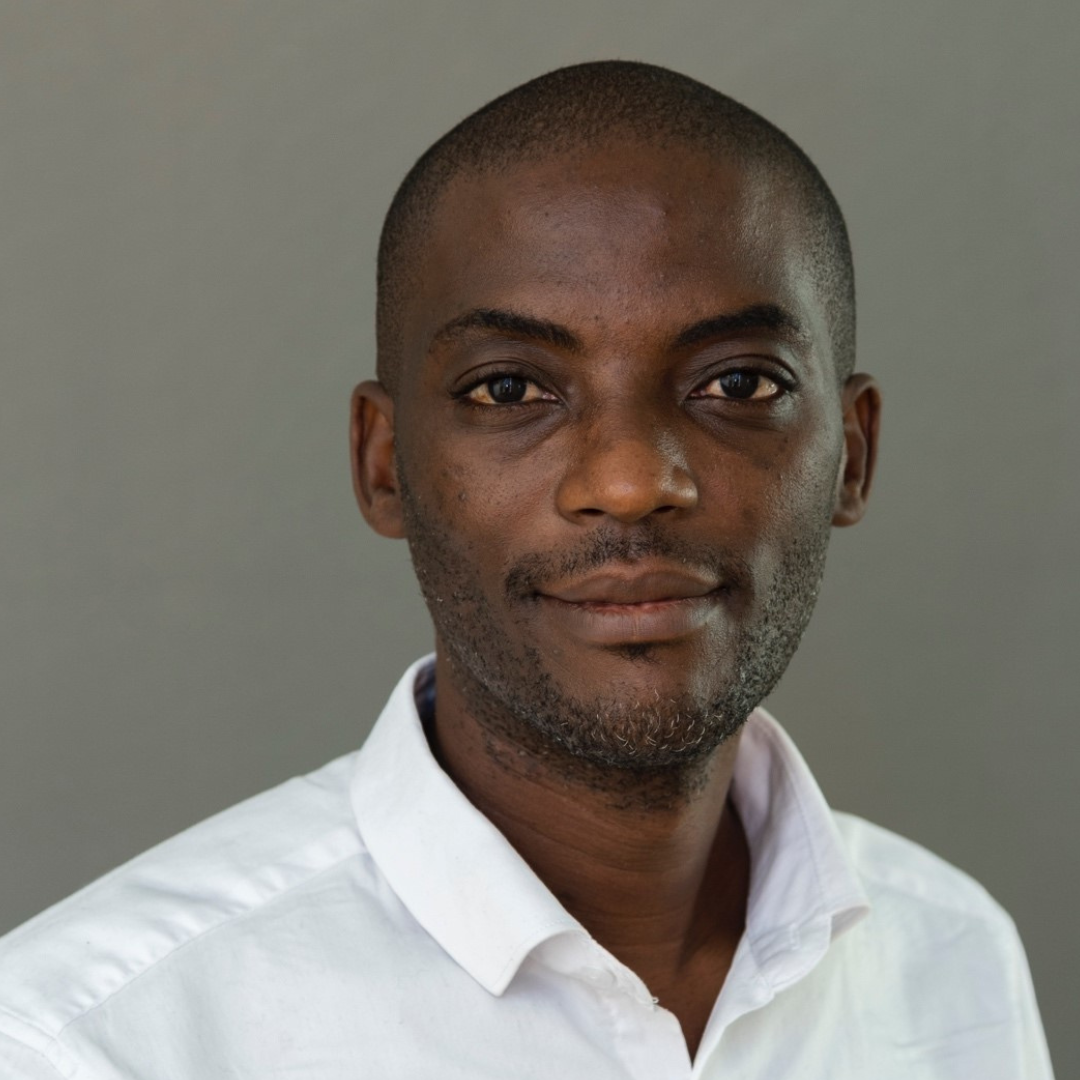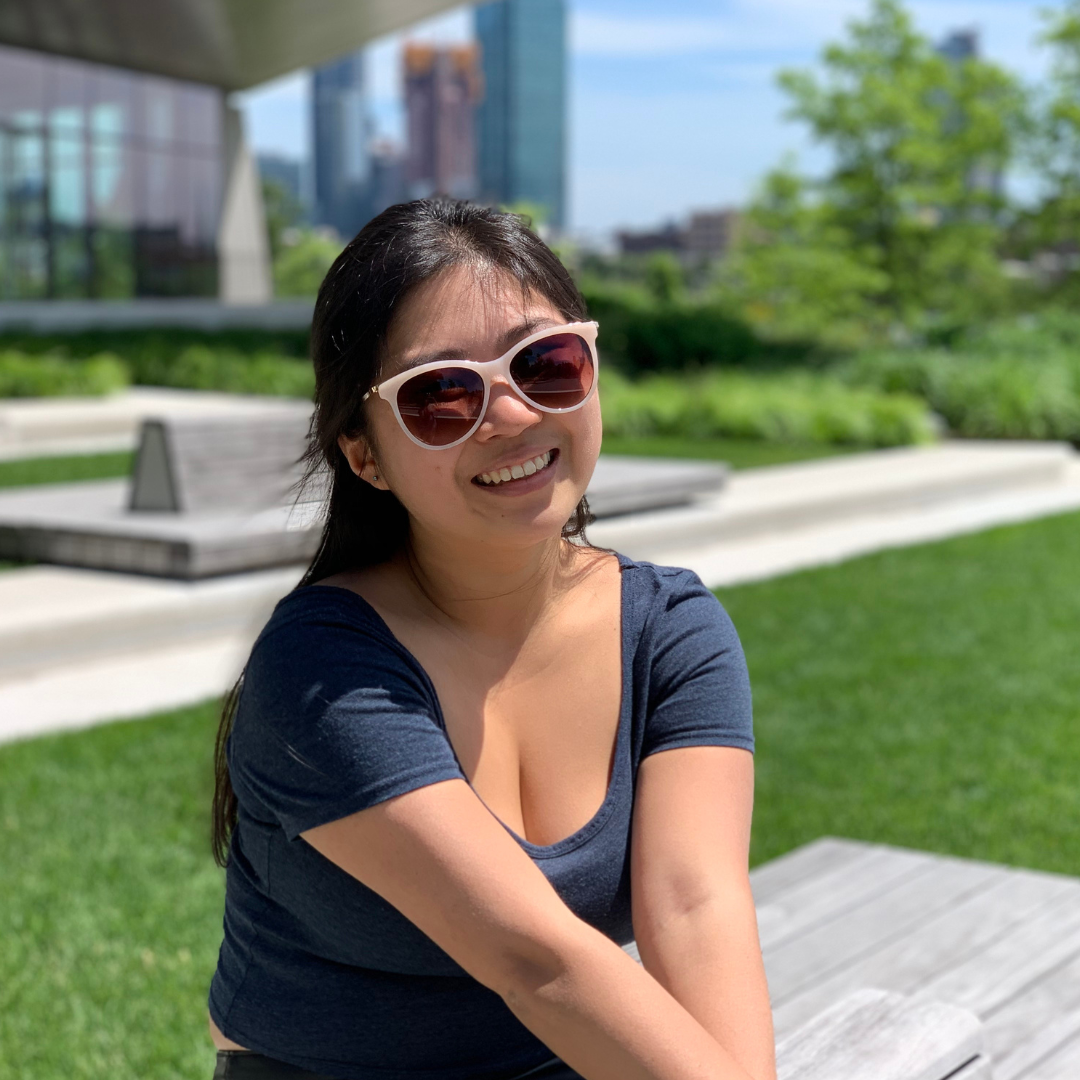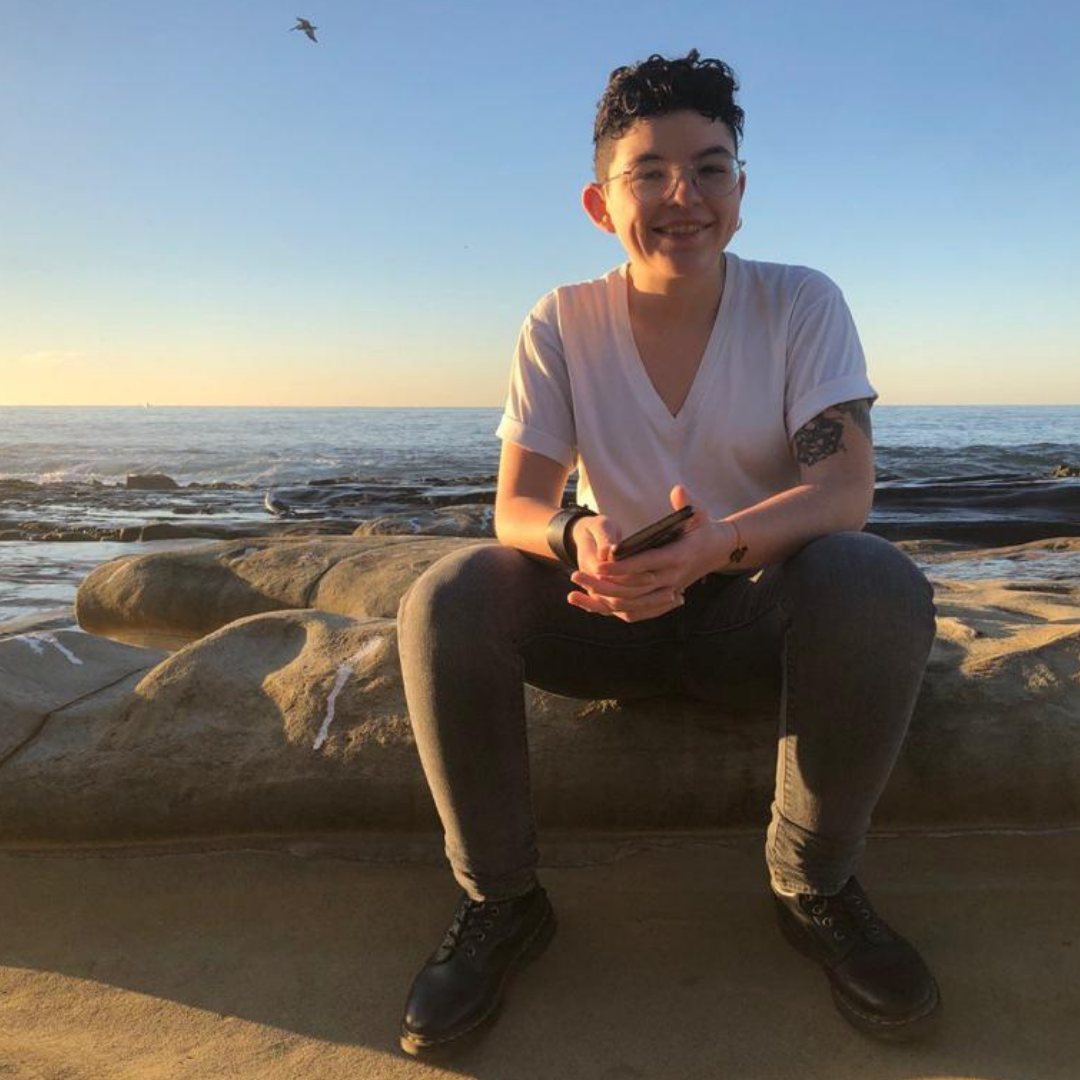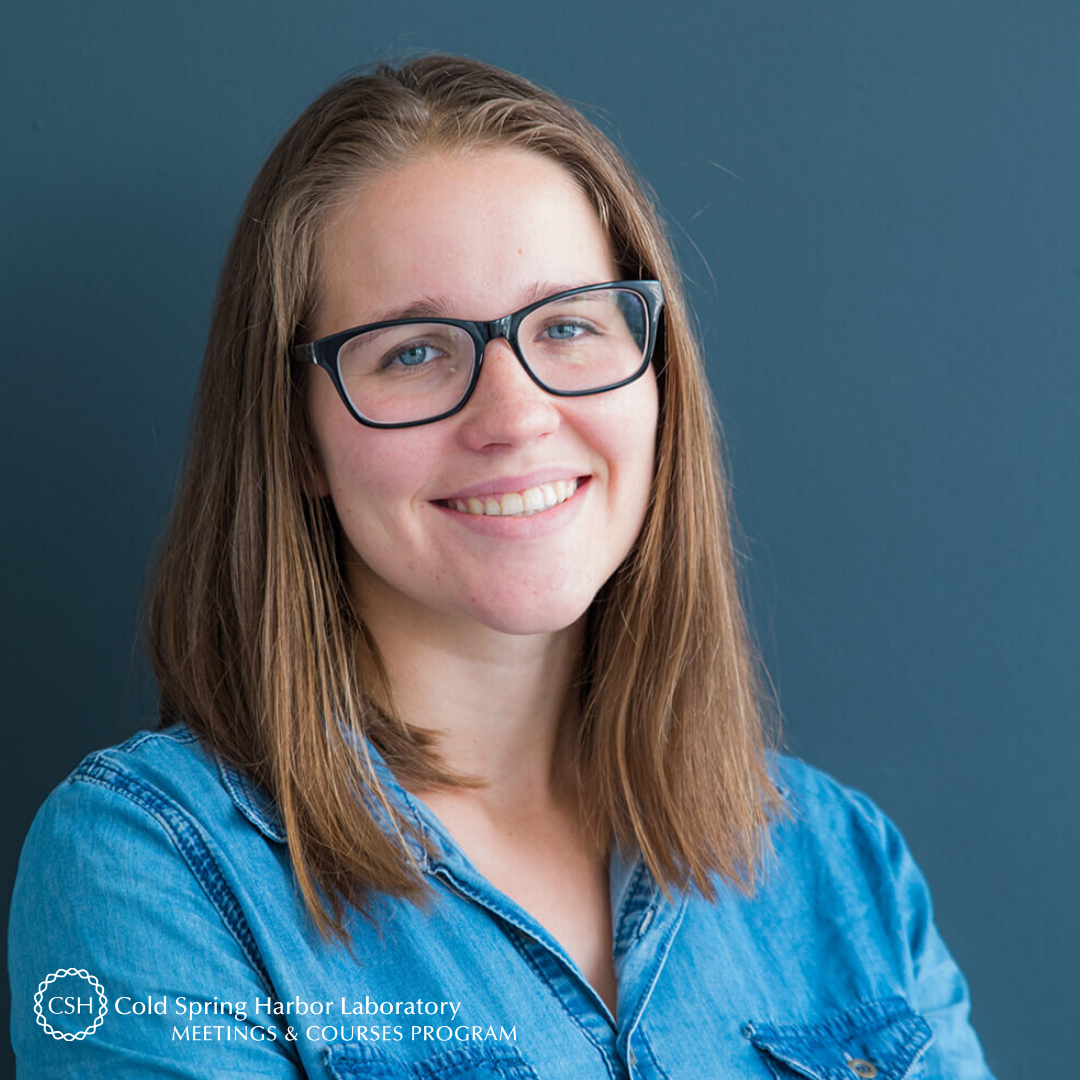Meet Prashant Hariharan of Wayne State University! The PhD Candidate is in his third year of a Biomedical Engineering program and a member of Dr. Carolyn Harris’ research group that uses tissue engineering to study and treat Hydrocephalus. Prashant joins us this week at the 2021 Brain Barriers virtual meeting where he presented a poster titled “Choroid Plexus-on-a-Chip―Characterizing a microfluidic model of cerebrospinal fluid secretion to study inflammation and hypersecretion associated with hydrocephalus”. He has presented a poster before but had this to say of his experience presenting during the CSHL Brain Barriers meeting:
This conference was certainly one of the most positive poster presentations experiences of my PhD. I had more people stop by to ask me interesting questions and give me suggestions than ever before at previous conferences. This was partially because almost every project could be associated with my own in some way. This thematic closeness of the CSH-BBB community was a unique and valuable experience!
Tell us about your research.
My thesis research involves the development of an “organ-on-a-chip” model of the choroid plexus, the part of the brain responsible for secretion of the cerebrospinal fluid. This model can be described as “a miniature, functioning diorama” of the choroid plexus tissue built using cells to study how injury affects fluid secretion in the brain.
How did you decide to focus on this area/project?
When I started my PhD program, I was studying the failure of ventricular catheters used to treat patients with hydrocephalus. This involved building a biobank of failed catheters collected from patients, some of who were only a few months old. This experience compelled me to research non-surgical treatment strategies, specifically drugs that could alter fluid secretion at the choroid plexus. Subsequently, I proposed building the organ-on-a-chip model to my mentor Dr. Harris and she graciously gave me room to explore the idea.
What and/or who is the inspiration behind your scientific journey?
As cliché as it may sound, my parents and my maternal grandfather are the biggest inspirations in my scientific journey. My mother was an organic chemist who sacrificed her career to support our family; she never passes up an opportunity to teach me the botanical name of a plant or to refresh my memory with bird names and cloud types. My father and my grandfather share a passion for preserving the environment and a voracious appetite for scientific literature. Together, they gave me a sense of wonder about biology and science in general.
What impact do you hope to make through your work?
During my PhD, I hope to validate my organ-on-a-chip model of the choroid plexus, and test my hypothesis pertaining to how inflammation affects barrier integrity and fluid secretion. I also hope to answer pivotal questions about the obstruction of ventricular catheters that may help reduce the failure rate. These are very small steps towards improving the quality of life for hydrocephalus patients.
After my PhD, I aspire to add complexity and expand my organ-on-a-chip model to enable researchers studying hydrocephalus, Alzheimer’s, cancer cell transcytosis, circadian rhythms, or drug delivery to the brain, to test their hypothesis quickly and cost-effectively.
Where do you see yourself in five years?
Ideally, in 5 years, I see myself in the middle of a post-doctoral program where I am diving deeper into understanding the choroid plexus using new and interesting techniques while also improving my organ-on-a-chip model and broadening its applications.
What do you love most about being a researcher?
There are three aspects of being a researcher that I find immensely satisfying:
Working to improve on a skill (such as writing or giving a lecture) and making tangible improvements after years of work.
Iterative problem solving that ends with finding an “elegant”, simple solution.
Working on projects where I can move seamlessly from the lab bench to reading literature, with both activities informing each other.
What drew you to attend this meeting?
Being a biomedical engineer and a newcomer to the choroid plexus research community, it was not clear to me if my model would add value. I was looking for experts who could opine on my work and guide me in the right direction. When my mentor Dr. Harris first brought this meeting to my attention, I noticed that many of the leading researchers within my area of interest were attending this conference. I was eager to interact with them and take their feedback on my model.
What is your key takeaway from the Meeting; and how do you plan to apply it to your work?
There are a lot of unanswered questions with regards to the role of choroid plexus and glymphatic spaces in different pathophysiologies; an understanding of how fluid moves across different compartments in the brain is still elusive. Personally, my model could find a wider application in the study of different brain barriers and could pair very well with other techniques currently being used if I could find a way to incorporate primary cells from animals of different ages as well as cells from a pluripotent source.
What feedback or advice would you share with someone considering to participate in this meeting?
My advice to anyone who may attend a future meeting would be to go through the schedule before the day of the meeting and pick out the talks and posters that are of interest. Trying to sit through every talk will tire you out and reduce your capacity to absorb or process information by the last day.
Show up with questions about your own project that have been difficult to answer and network with others doing similar research to figure out how they tackled the same issues. This may seem like an obvious thing to do but you’d be surprised how much inertia there is in doing this.
Take advantage of the ‘PI Chats’ sessions to network with PIs who may be of interest to you but do not rely solely on these sessions to interact with PIs. Reach out to them before the meeting, introduce yourself and frame your questions clearly so they can help you.
Images provided by Prashant Hariharan.
Thank you to Prashant for being this week's featured visitor. To meet other featured researchers - and discover the wide range of science that takes part in a CSHL meeting or course - go here.

























































